10 Dog Training Myths That Do More Harm Than Good

Misleading advice spreads fast in the dog training world, often disguised as well-meaning wisdom. However, what seems helpful can lead to fear, confusion, or stubborn behavior. If your pup isn’t improving despite your efforts, the issue may lie in the myths you’re following. Understanding the truth behind some of these common misconceptions can change your training approach and strengthen your bond.
Alpha Rolls Build Leadership
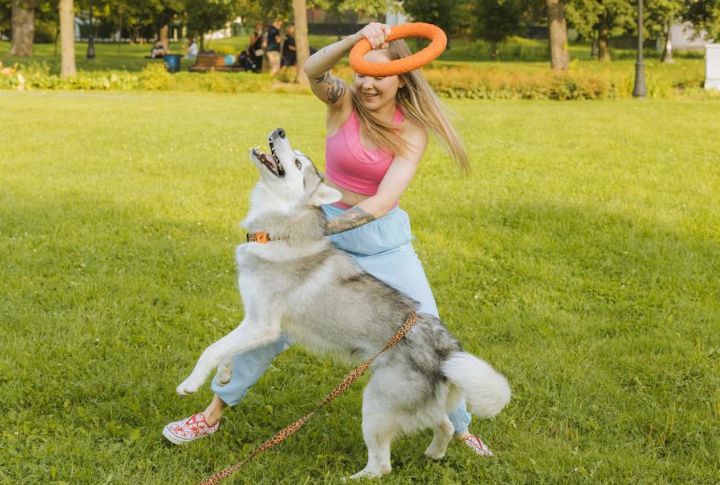
Though it may seem instinctive, flipping your dog triggers stress rather than providing instructions. The technique stems from outdated ideas about wolf behavior that don’t apply to pets. Dogs respond to steady cues and calm energy. Leading with clarity builds trust, while force only damages the connection.
Barking Dogs Are Always Aggressive

Barking isn’t always a sign of aggression. Dogs bark for various reasons, which include excitement, fear, boredom, or to warn their owners. Responding with discipline instead of understanding the root cause can increase stress and confusion. Instead, recognizing barking as a signal helps build trust and correct behavior effectively.
Guilty Looks Mean They Know What They Did

That droopy face is fear, not guilt because dogs react to your body language. Assuming they “know” what they did wrong can lead to delayed correction, which is ineffective in training. Dogs learn through immediate feedback; hence, misreading these signals can damage trust and interfere with proper behavior adjustments.
One Method For All Dogs
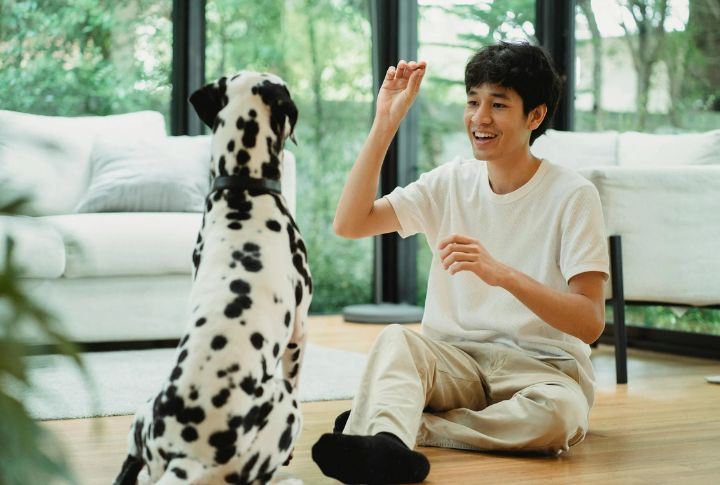
Training styles don’t come in one size fits all. Different breeds learn differently. Some respond to motion, others to food. Tailoring methods to natural tendencies keeps learning productive and helps prevent frustration. This approach encourages a more profound understanding and smoother progress when training.
Adult Dogs Can’t Learn New Behaviors

Senior dogs train well, often better than puppies. Their focus improves with age, making short, consistent sessions effective. Energy levels may change with age, but learning doesn’t stop. Adjusting the pace rather than the goal ensures success with patience, clear cues, and the right approach.
Punishment Teaches Right From Wrong
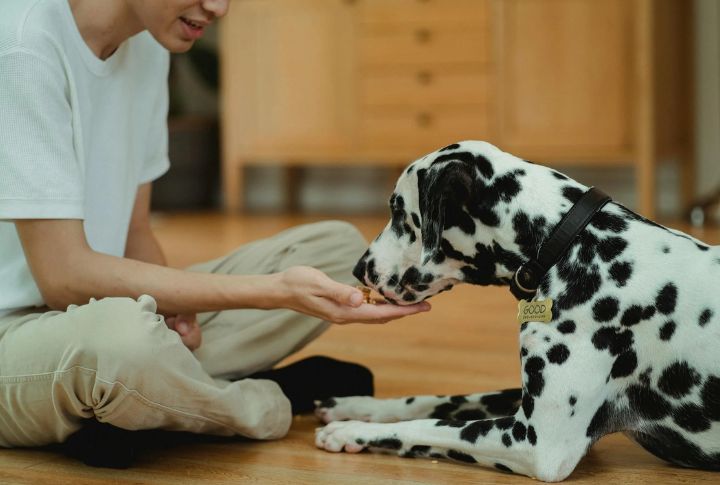
Yelling might stop an action at that moment, but it doesn’t teach. Without instruction, dogs repeat mistakes. They learn best through redirection, which means rewarding what you want and interrupting what you don’t. Instilling fear will only create confusion. Replacing punishment with purposeful correction leads to positive results.
Growling Should Be Stopped Immediately
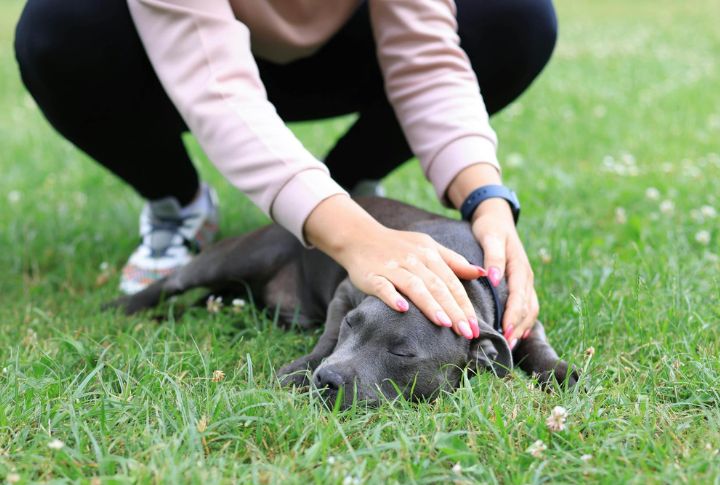
Growling is a warning before a bite. If you silence it, the next step comes without notice. When a dog growls, it’s saying, “I’m not okay.” Instead of shutting it down, remove the trigger. When you respect these signals, it keeps everyone safe. Snarling isn’t defiance—it’s communication.
Walking Ahead Means They’re Dominating You
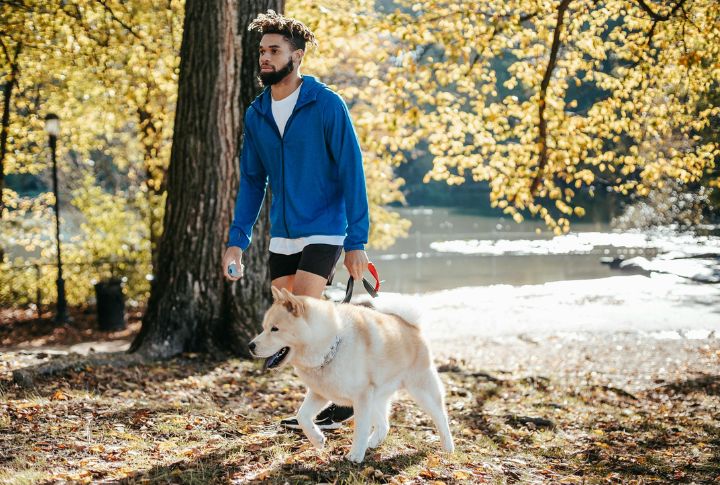
The leash position doesn’t define leadership. Dogs often walk ahead simply because their pace is naturally quicker and not because they’re trying to dominate. What truly matters is a calm, connected walk with a loose leash, as accurate guidance comes through direction and confidence.
Giving Treats Equals Bribery

Bribes come before action, while rewards follow success. That timing shapes how your dog learns. Give the cue, wait, then reward. Using treats after actions build habits, whereas flashing food first teaches dependence. When done correctly, rewards create reliable responses and encourage learning.
Crate Training Is Incorrect

When introduced with care, a crate offers comfort. Dogs naturally seek quiet spaces during uncertain moments; a crate can become a safe retreat. With soft bedding and positive associations, it feels more like a bedroom than a cage. Patience makes it a place they willingly choose.





